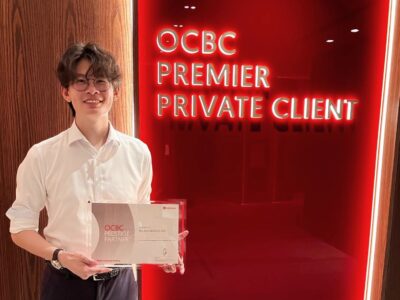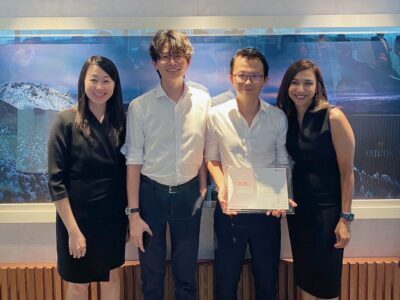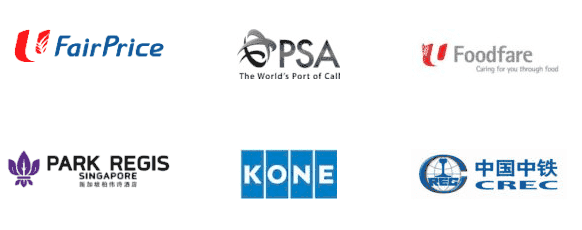If you are looking to set up a Branch Office in Singapore, this means you wish to establish an extension of your company to be incorporated outside the country. Foreign companies seeking to continue their operations in Singapore will be entitled to generate profits in the country but there are other things to be aware of such as the lack of limited liability. The Inland Revenue Authority will also categorize your branch office as a non-residence, which means it will not be eligible for tax incentives and rebates offered to companies incorporated in Singapore.
However, there are other crucial information that you need to know regarding setting up a branch office in Singapore. Read on to find out about them.
1. The Basic Requirements
The Companies Act in Singapore prohibits foreign companies to self-register a branch office in Singapore. You should reach out to a company incorporation services provider on how to register a branch with the Accounting and Corporate Regulatory Authority of Singapore (ACRA).
Some of the requirements include a local corporate shareholder, at least one Singapore resident who is an authorized representative of the branch company and a registered office address in Singapore.
2. Naming the Branch
The branch office name must be identical to that of the parent company. You must also get ACRA approval for the name before registration.
Unless the name matches an existing business’s name, is deemed offensive or is similar to other international brands, ACRA will give you a green light to register. Regarding the ownership, the parent company must own 100% of the branch.
3. The Required Personnel
The branch office must have at least one resident agent. The agent can either be a permanent resident or a citizen of Singapore. If the agent needs to relocate to Singapore, you must reach out to trusted professionals in incorporation services who can assist you to secure an employment pass or a dependent pass. Other necessary staffs include a company secretary. Although this is not expressly mentioned in the Act, a company secretary is invaluable and will help you keep compliance in check.
4. Registration with ACRA
Registration with ACRA takes place in two steps: First, the company name is verified. Thereafter the Branch Office is acknowledged and registered. This process takes about two days to complete.
Post Set up details (licenses and permits; operating permits; tax registration)
After setting up a Branch Office, you need to establish compliance systems. You must obtain approvals and licenses from the requisite government agencies and set up systems to avoid non-compliance. Other operational conditions that you must meet include a registration number, which must be included in all official communications from the company. You are also required to have registered office hours when you serve the public for no less than three hours every day. You will also have the choice of using the same accounts as the foreign company or set up a new corporate bank account in Singapore. Lastly, if the annual turnover exceeds $1 million, you must register for the Goods and Services Tax (GST).
Singapore presents an excellent opportunity to expand your business and compete with the very best globally. The above information will give you a better idea on the requirements involve to set up a branch office. However, consider seeking assistance from incorporation services professionals in Singapore for a fast and smooth process.
If you require any assistance on accounting services, feel free to drop us an email at johnwoo@ag-singapore.com or contact us at +65-66358767. At Ackenting Group, we offer a free 30 minutes online consultation for us to understand your business requirements better.














